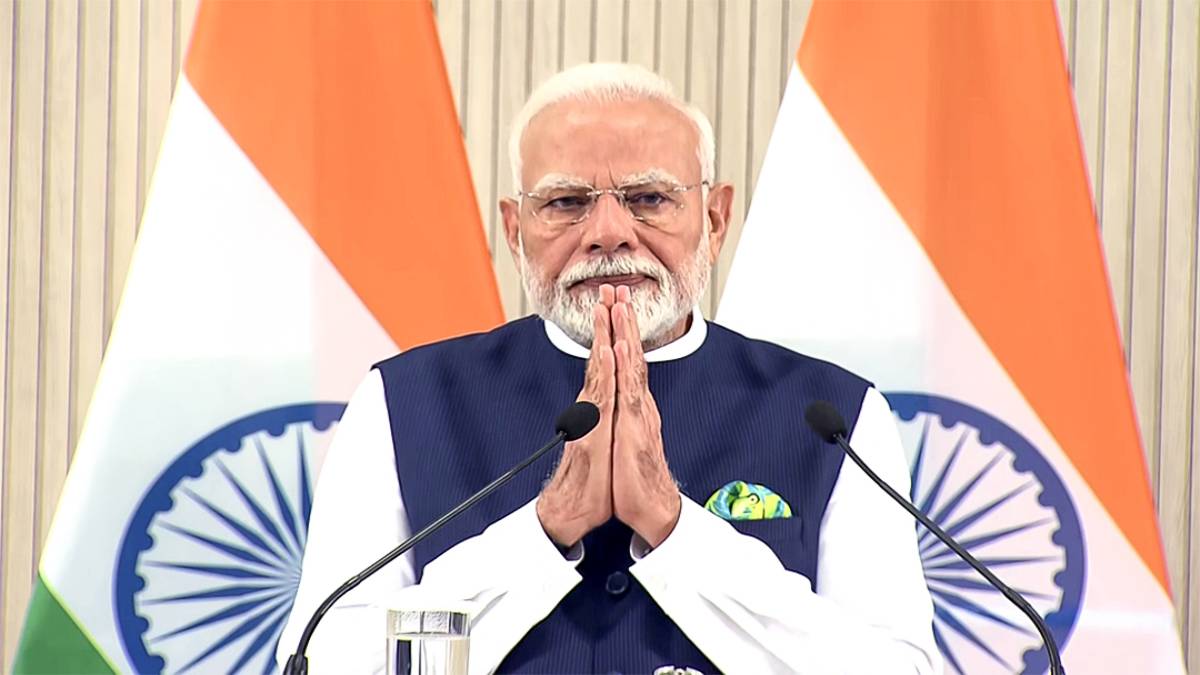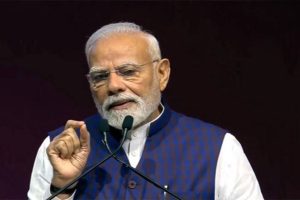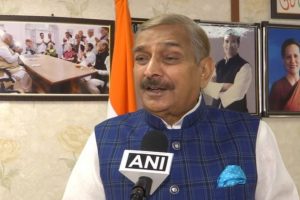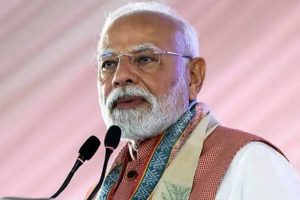Prime Minister Narendra Modi has become the second-longest serving Prime Minister in India’s history in terms of consecutive tenure, surpassing the record held by former Prime Minister Indira Gandhi. This milestone marks a significant moment in Indian political history.
As of July 25, 2025, PM Modi has completed 11 years and 60 days in office since first assuming the role on May 26, 2014, overtaking Indira Gandhi’s continuous tenure of 11 years and 59 days from January 24, 1966 to March 24, 1977.
He is the first non-Congress Prime Minister to achieve this distinction and also the first PM born after India’s independence. Hailing from Gujarat, Modi is additionally the longest-serving Prime Minister from a non-Hindi-speaking state.
Before his premiership, Modi served as the Chief Minister of Gujarat from October 2001 to May 2014, making him one of the longest-serving leaders in Indian politics.
In both the 2014 and 2019 Lok Sabha elections, Modi led the BJP to back-to-back absolute majorities — a feat last achieved by the Congress in the 1984 elections. His tenure has been marked by several landmark decisions, including the abrogation of Article 370, the abolition of Triple Talaq, the Waqf Amendment Act, and the construction of the Ram Janmabhoomi temple in Ayodhya.
Under the guiding philosophy of ‘Sabka Saath, Sabka Vikas, Sabka Vishwas’, Modi has focused on inclusive governance, anti-corruption reforms, and last-mile delivery of services, aiming to uplift the most marginalized through initiatives under the Antyodaya mission.
According to NITI Aayog’s latest report on Multidimensional Poverty, nearly 25 crore people have risen out of poverty over the last nine years — a shift attributed to the Modi government’s targeted welfare measures across health, education, and living standards.
Jawaharlal Nehru remains the longest-serving Prime Minister in India’s history, with an uninterrupted tenure of 16 years and 286 days from August 15, 1947, until his death on May 27, 1964.





